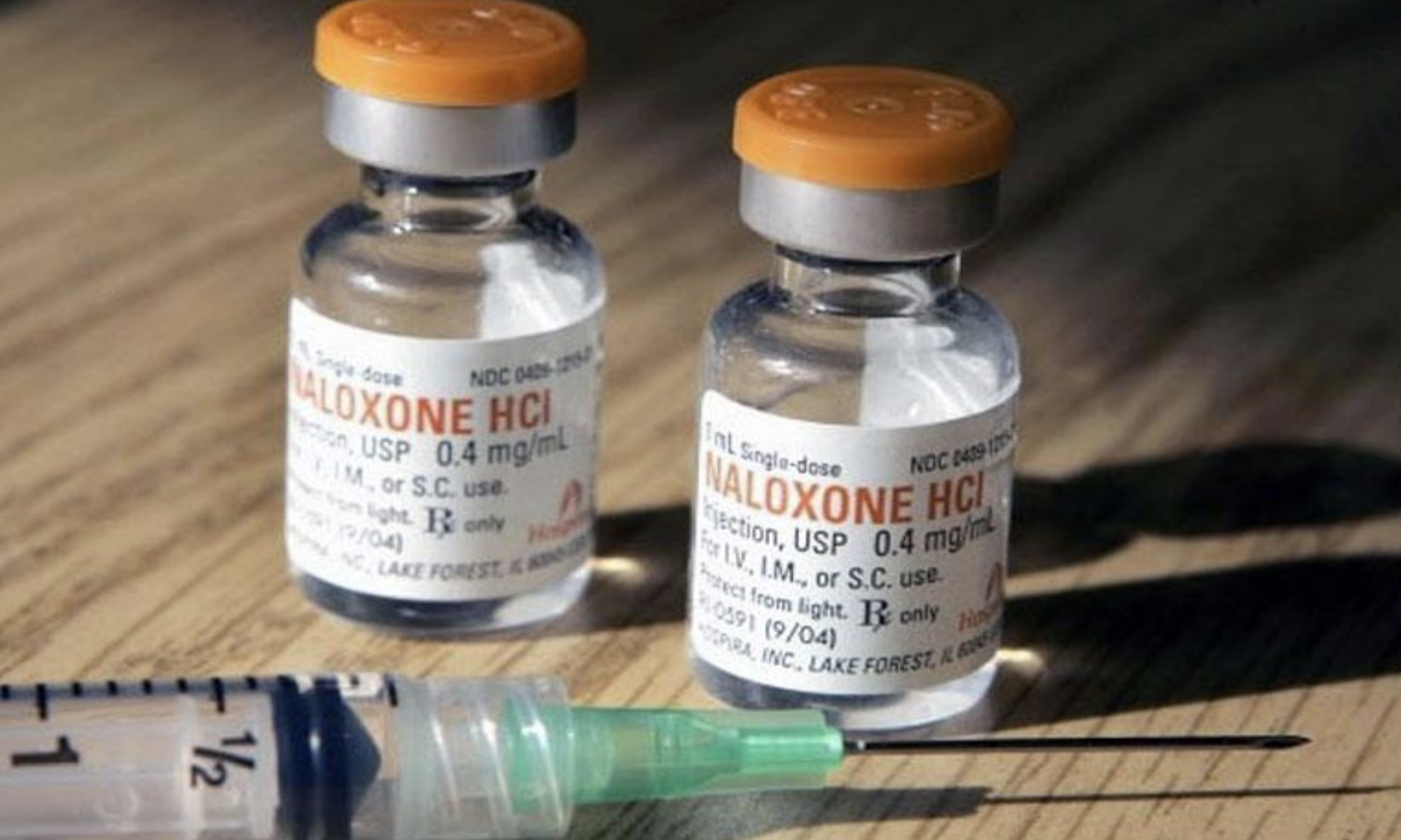A California naloxone delivery program is struggling to meet rising demand in part due to the expense of nasal spray Narcan. Generic naloxone, administered by intramuscular injection, is vastly more affordable.
In 2018, the California Department of Health Care Services (DHCS) launched the Naloxone Distribution Program, which has delivered more than 1.7 million kits of free Narcan, each containing two 4 mg nasal sprays. According to DHCS data, 28 percent of this supply has gone to harm reduction organizations, with another 20 percent going to law enforcement and criminal-legal entities.

Graphic via California MAT Expansion Project
The program is now receiving more than twice the volume of applications as it was prior to the pandemic. “Due to the shifting nature of the opioid epidemic, and with rising rates of overdoses involving stimulants and fentanyl, demand for naloxone through the NDP has increased significantly, both in numbers of applications and in numbers of units requested,” a DHCS spokesperson told Filter.
Naloxone orders by community organizations including libraries have reportedly been held up or struggled to meet demand. However, according to the DHCS spokesperson, “Two county libraries have applied to NDP since March 1, 2022. San Diego County public library applied on August 10 and the approved application was sent to the manufacturer on September 29. LA county library applied on November 19 and was approved the next week.”
“This is very much a cost issue related to over-reliance on expensive branded products and not taking full advantage of affordable generics,” Remedy Alliance Co-director Maya Doe-Simkins told Filter. “California is not the only state that has spent tens of millions on Narcan, and it is still not enough to meet the need.”
End Overdose gets the maximum allowed 2,100 kits of free Narcan, but needs about twice that amount.
For the past decade, Remedy Alliance has been the country’s only source of low-cost naloxone, connecting harm reduction groups to generic injectable naloxone via a proprietary deal with Pfizer.
In April 2021, Pfizer supply chain disruptions left Remedy Alliance without a manufacturer. The affordable naloxone shortage would last 13 months. In August 2022, Remedy Alliance launched distribution of its own naloxone product, created through a second manufacturer.
“The cost of Narcan is not a decisive factor in the ability to fulfill the increased demand for naloxone through the NDP; rather, the more relevant challenge is the processing of the increased number of applications,” the DCHS spokesperson said. “The NDP is not ignoring the generic intramuscular version of naloxone, it was recently added to the program [and] NDP is now providing both nasal Narcan and generic intramuscular version to eligible entities.”
The Naloxone Distribution Program was designed around branded Narcan, but since August it has delivered more than 37,000 single-dose vials of generic intramuscular naloxone, according to the Los Angeles Times. “To date, the NDP has distributed or approved for distribution over 100,000 vials of IM naloxone, and we expect this volume to increase,” the DHCS spokesperson said. But that’s still a fraction of the overall doses supplied, even though generic naloxone orders are not capped.
DHCS caps recipients of its free Narcan at 2,100 kits per order. Los Angeles-based nonprofit End Overdose needs about twice that amount to meet demand. To make up the shortfall, the group purchases intramuscular naloxone from Remedy Alliance.
Expanding use of generic naloxone and decreasing reliance on Narcan “could bring the price of the program all the way down,” Theo Krzywicki, End Overdose founder and CEO, told Filter.
On November 15, the Food and Drug Administration announced that it will consider a long-awaited switch from prescription status to over-the-counter—for some naloxone products, including Narcan, but not all. The agency placed injectable formulations in the same category as higher-dose ones like Kloxxado, citing a need for further evidence that these products would be safe and effective without prescription.
The need for further scrutiny is apparent with Kloxxado. But harm reduction workers and people who use drugs have long known generic intramuscular naloxone to be not only more affordable, but more humane and thus more effective.
Correction, November 29: This article has been edited to include data on naloxone recipients provided by the DHCS, when the article orginally stated that law enforcement received the largest share; and to reflect the DHCS responses, provided after publication, on other points.
Photograph via Los Angeles County Public Health





Show Comments